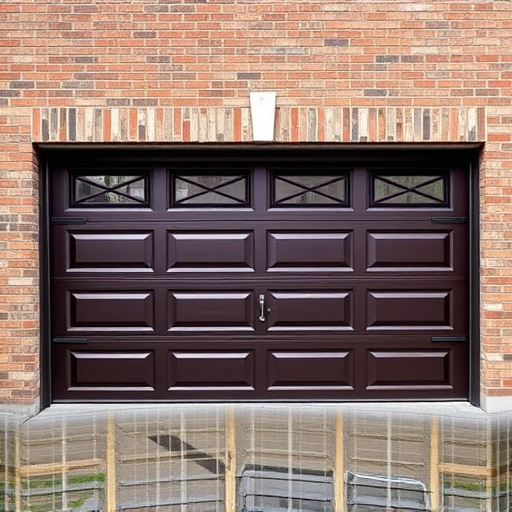Garage door torsion springs are vital for smooth operation and safety. Over time, they wear out, leading to issues like improper closing or getting stuck. Prompt professional repair is crucial to prevent hazards. Regular maintenance checks identify problems early, ensuring reliable and efficient operation. Door weight distribution affects performance and safety; imbalanced doors can cause wear on springs and potential hazards. Replacing torsion springs safely involves disconnecting power, measuring accurately, removing old springs carefully, installing new ones precisely, and testing functionality. Choosing the right spring based on door weight capacity and climate conditions ensures optimal performance and safety. Proper maintenance extends spring life through regular inspections, lubrication, balancing, and preventing extreme temperatures or moisture. Timely replacement of worn springs is vital for garage door longevity and safety.
The garage door, a pivotal component of modern homes, relies on torsion springs for smooth operation. These springs absorb impact and control door movement. However, over time, they can wear out, leading to safety hazards and inefficient performance. Understanding the significance of correct weight distribution, this guide explores common issues with torsion springs, signs requiring replacement, and a comprehensive step-by-step process for installation. Learn how to choose the right springs and maintain them for seamless garage door repair and enhanced security.
- Understanding Garage Door Torsion Springs: Their Role and Common Issues
- Why Balancing Door Weight Distribution is Crucial for Safety and Efficiency
- Identifying Signs Your Torsion Spring Needs Replacement
- Steps to Correctly Replace a Torsion Spring: A Comprehensive Guide
- Choosing the Right Torsion Spring: Factors to Consider for Your Garage Door
- Maintenance Tips to Prolong the Lifespan of Your Garage Door Torsion Springs
Understanding Garage Door Torsion Springs: Their Role and Common Issues
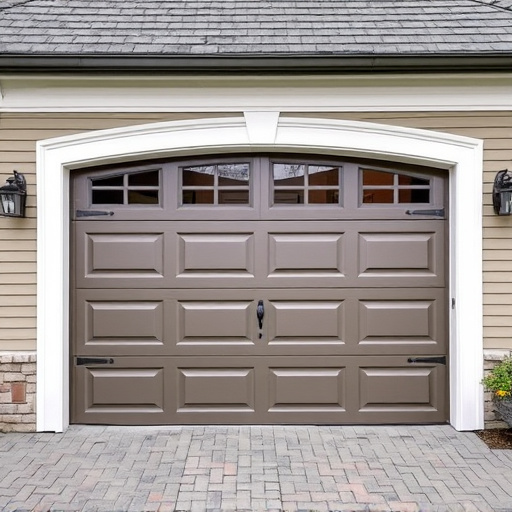
Garage door torsion springs play a pivotal role in the smooth operation and safety of your garage door system. These powerful springs are responsible for counterbalancing the weight of the entire door, allowing it to open and close effortlessly. They operate quietly and efficiently, ensuring that the door moves at a constant speed, enhancing both convenience and security.
Common issues with garage door torsion springs include wear and tear over time, leading to spring breakdown or failure. This can result in the door being unable to close properly or even becoming stuck in a raised position. Such problems often require prompt attention from professional garage door repair services to prevent potential safety hazards. Regular maintenance checks can help identify these issues early on, ensuring that your garage door operates reliably and efficiently for years to come.
Why Balancing Door Weight Distribution is Crucial for Safety and Efficiency
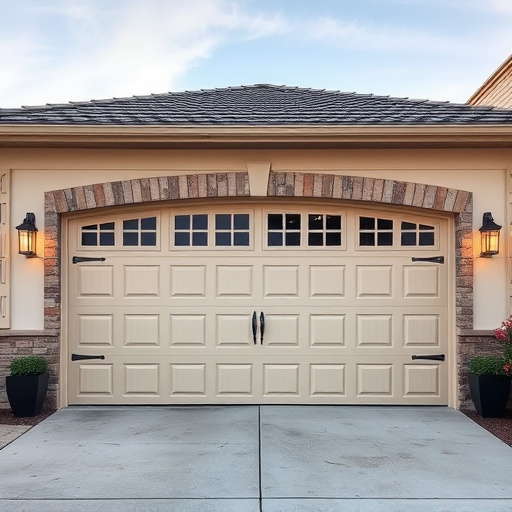
Door weight distribution plays a pivotal role in both the safety and efficiency of your garage door system. An imbalanced door can lead to several issues, from decreased performance to potential hazards. When a door is off-balance, it exerts unequal pressure on the springs during operation, which can cause wear and tear, leading to costly repairs or even spring failure. This is especially true for torsion springs, which bear the brunt of the door’s weight and are vital for smooth opening and closing.
Moreover, an unbalanced door can create safety risks. It may not close properly, leaving a gap that could entrap individuals or objects, or it might swing open unexpectedly due to excessive wind or improper counterbalance, posing a threat to bystanders. Correctly balancing the door weight ensures a well-functioning system, prolongs spring life, and maintains a safe environment for your family and property. This is a key aspect of garage door repair that professionals address to ensure optimal performance and safety.
Identifying Signs Your Torsion Spring Needs Replacement
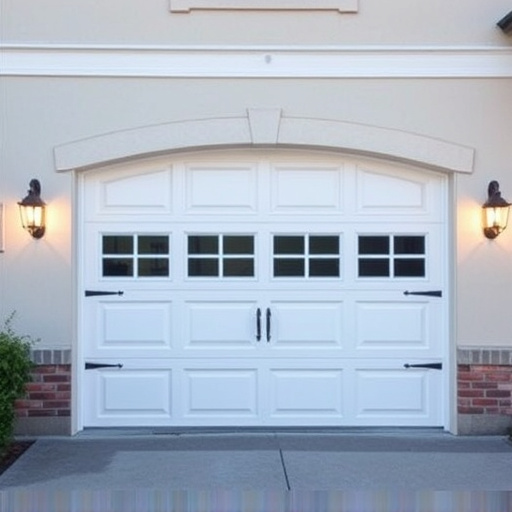
Many homeowners take their garage doors for granted until they start showing signs of trouble. One critical component that often goes unnoticed is the torsion spring, which plays a pivotal role in keeping your door balanced and secure. Over time, these springs can weaken or break, leading to various issues.
Identifying when your torsion spring needs replacement is essential for safe and efficient garage door repair. Keep an eye out for symptoms like doors that are hard to open or close, uneven weight distribution causing the door to sag in one corner, or loud squeaking sounds during operation. If you notice any of these signs, it might indicate a problem with your torsion springs, requiring prompt attention from professional garage door repair services.
Steps to Correctly Replace a Torsion Spring: A Comprehensive Guide
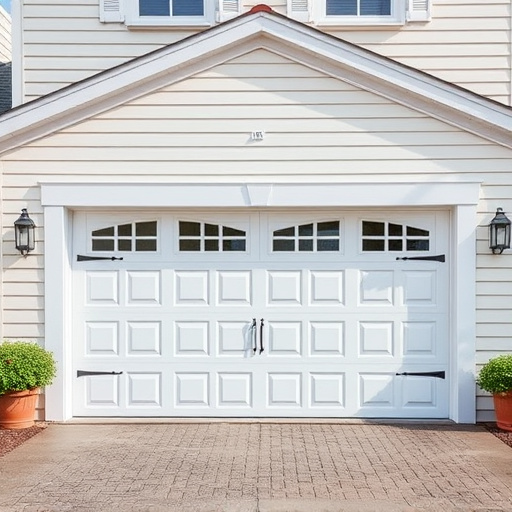
Replacing a torsion spring is a critical task in garage door repair that requires precision and care to ensure safe and smooth operation. Here’s a comprehensive guide detailing the steps involved:
1. Safety First: Begin by ensuring your safety. Disconnect the electrical supply to the opener, engage the emergency release mechanism, and support the door manually or with a helper. Remove any accessories or objects obstructing access to the springs.
2. Identify and Assess: Locate the torsion springs at the top of the door track. Inspect them for signs of wear, such as rust, stretching, or kinking. Verify that both springs are in similar condition to maintain balanced weight distribution.
3. Measure and Purchase: Measure the length and diameter of the old springs. Use these measurements to purchase replacement springs that match the specifications exactly. Using incorrectly sized springs can lead to improper balance and safety hazards.
4. Remove Old Springs: Carefully unfasten and remove the old torsion springs, being mindful of their weight and potential bounce. Lower them gently to avoid injury or damage. Clean the track and springs with a wire brush to eliminate any debris or rust.
5. Install New Springs: Position the new springs in place, ensuring they are aligned correctly within the spring casing. Tighten the spring rods securely but do not overtighten. Double-check the balance of the door by manually lowering it; both sides should settle evenly on the floor.
6. Reassemble and Test: Reattach all components, including any safety devices, and re-establish the electrical connection to the opener. Operate the door up and down to ensure smooth functioning and proper weight distribution.
Choosing the Right Torsion Spring: Factors to Consider for Your Garage Door
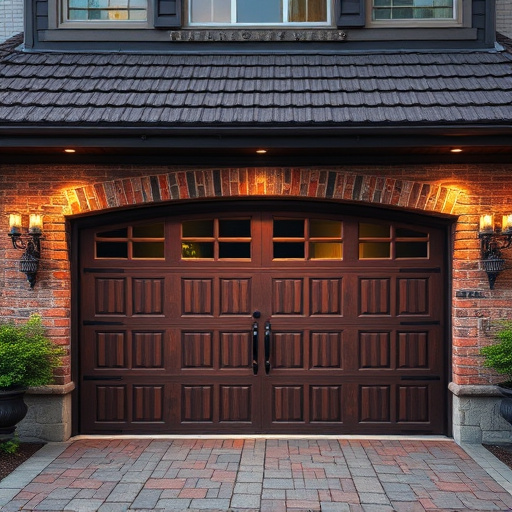
Choosing the right torsion spring is essential for seamless garage door operation and safety. When considering a replacement, several factors come into play to ensure your garage door functions optimally and securely. First, evaluate your door’s weight capacity; heavier doors require stronger springs. Garage door repair professionals often recommend springs with higher pound ratings, ensuring they can support the door without strain.
Second, consider climate conditions; extreme temperatures can affect spring performance. In colder climates, springs may become stiffer, while warmer regions might experience more flexibility. Spring material also plays a role; stainless steel is resistant to corrosion and offers longevity, making it ideal for many applications, especially in coastal areas. Understanding these aspects will facilitate the selection of torsion springs that perfectly balance your garage door’s weight distribution, enhancing both its performance and safety features.
Maintenance Tips to Prolong the Lifespan of Your Garage Door Torsion Springs
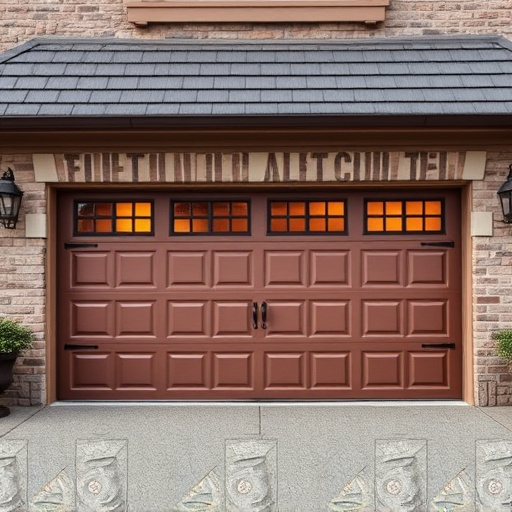
Proper maintenance is key to extending the life of your garage door torsion springs, a critical component in ensuring smooth and safe operation of your garage door system. Regular inspection is the first step; look for any signs of wear, corrosion, or stretching. Lubrication is also essential; apply a lightweight, water-based lubricant to all moving parts, especially the spring hinges and tracks, to reduce friction and prevent rust buildup.
Avoid extreme temperatures and excessive moisture, as these can accelerate spring damage. Keep your garage door well-oiled and ensure the springs are properly balanced. Regular balancing ensures even weight distribution, preventing unnecessary strain on individual springs. Timely replacement of worn or damaged springs is crucial for safety and longevity, so stay proactive with garage door repair to keep your home secure and your doors running smoothly.
Properly balancing the weight distribution of your garage door is key to both safety and efficiency. By understanding the critical role torsion springs play in this process, you can effectively identify when a replacement is needed. Following best practices for installation and regular maintenance, as outlined in this guide, will ensure your garage door operates smoothly and securely for years to come, making do-it-yourself garage door repair a feasible and rewarding task.
